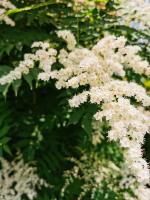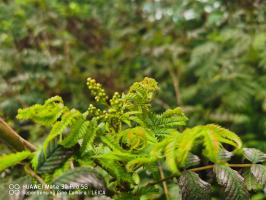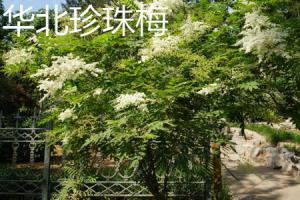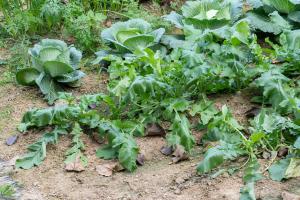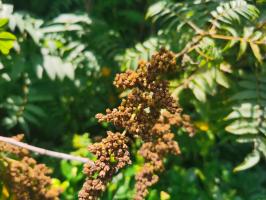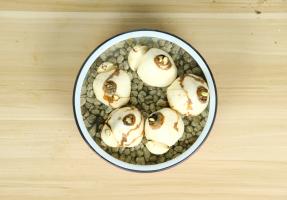1、 Soil:
Pearl plum of North China has strong adaptability to soil and can survive in most soils. It is drought resistant and suitable for cultivation in deep, fertile and well drained sandy loam
2、 Fertilization:
North China Pearl plum does not have high requirements for fertilization. It can be applied with base fertilizer during cultivation, and there is no need for topdressing in the later stage. It can be applied with base fertilizer once a year within 1 ~ 2 years
3、 Watering:
The Pearl plum needs enough water during its growth in North China. In case of drought, the watering times shall be increased, and anti freezing water shall be poured before winter
4、 Temperature:
North China Pearl plum is warm and cold resistant. It can survive the winter safely at a temperature not lower than - 25 ° C. generally, it can survive. The most suitable planting temperature is 18-25 ° C
5、 Pest control:
1. Diseases: the main diseases of Pearl plum in North China are leaf spot and powdery mildew. They will harm the North China Pearl plum and its leaves, causing them to stunt and fall off. After the disease, the injured parts should be cut off in time, the diseased plants should be completely burned, and 1% Bordeaux solution should be sprayed for control
2. Insect pests: the main pests of Sorbus sorbifolia in North China are Scarab and spotted leaf hopper. They will suck the leaves and juice of Sorbus sorbifolia, and affect the normal growth and growth of plants. They can be sprayed 1-2 times with 800-1000 times of 90% DCP, which can effectively control their harm. p>

 jackfruit
jackfruit snake plant
snake plant hibiscus
hibiscus hydrangea
hydrangea lavender
lavender Green roses climb al...
Green roses climb al... If you don't pay att...
If you don't pay att... Management of four g...
Management of four g...
